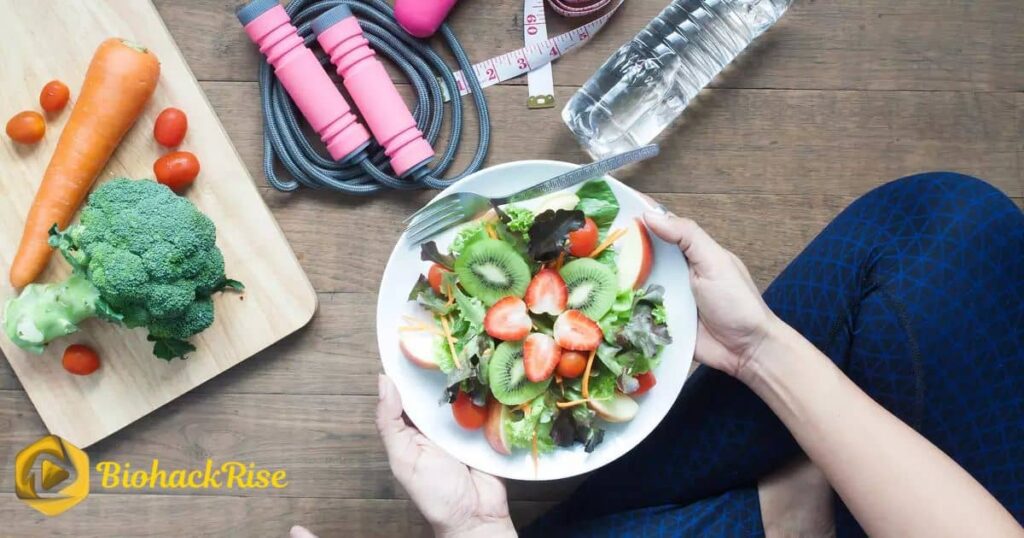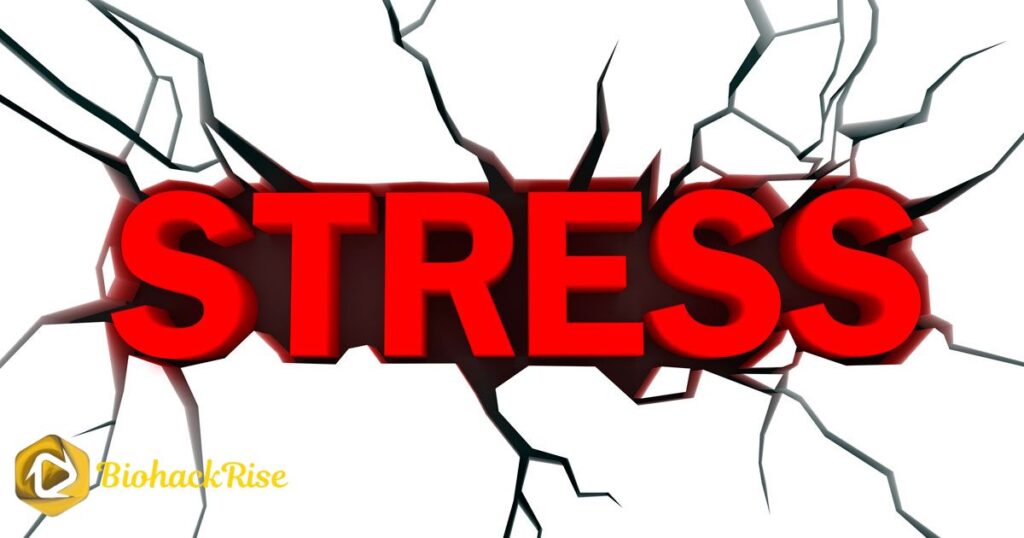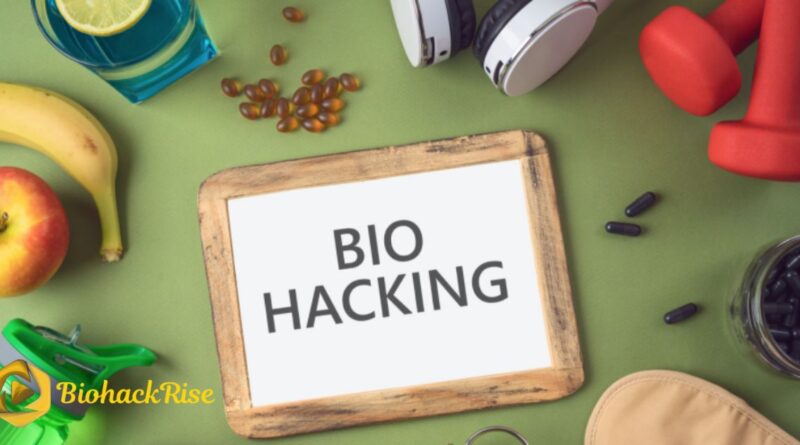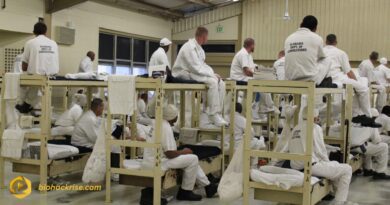What Is Biohacking? Upgrading Your Body and Health
Ever felt like your body has more potential than you’re tapping into? Like there’s a version of you that’s just a few smart changes away, more energized, more focused and more in control?
That’s where biohacking comes in. It’s not about being perfect. It’s about becoming better, one tweak at a time.
This may sound futuristic or even a little crazy, but biohacking is already here and it’s changing lives. From using cold showers to improve focus, to tracking sleep with smartwatches, millions are biohacking without even realizing it.
What Is Biohacking, Really?
Biohacking is the art and science of changing your internal systems, your body and mind so you perform better in daily life. It’s like being your own experimenter and subject, except the lab is your routine, and the tools are everyday habits.
And no, it doesn’t always mean injecting things or spending thousands on gadgets. At its core, biohacking is about self-awareness, intentional action and optimization.
Different Types of Biohacking
Below are the main types of biohacking:
Nutrigenomics
Genetic testing kits like 23andMe can reveal how your body reacts to certain foods. Based on this data, you can customize your diet to reduce inflammation and boost vitality.
Supplements: Boosters or Placebos?
Omega-3s, vitamin D, magnesium, biohackers swear by these. When used correctly, they can enhance brain power and physical stamina.
DIY Biology
Biohackers don’t wait for institutions. They create mini-labs at home and tinker with microbiology and genetics.
CRISPR Experiments
Some bold biohackers even try gene editing using CRISPR kits. Yes, it’s wild, but also controversial.
Grinder Biohacking
Some grinders implant RFID chips in their hands to unlock doors or share data. It’s like becoming part-cyborg.
Wearables 2.0
Think beyond fitness bands, real-time glucose monitors, sleep trackers, and even neural headbands are in play.
Think of Your Body Like an App
Imagine your body as an app. You can run it with default settings (tired mornings, random eating, inconsistent sleep) or you can customize it to work better. You can reduce glitches (fatigue, stress), improve processing speed (focus), and extend battery life (energy).
Biohacking is that upgrade.
Why Biohacking Isn’t Just for Tech Nerds
You don’t need to be a scientist or Silicon Valley guru to biohack. It’s not a secret club; it’s a mindset. If you’ve ever tracked your steps, adjusted your coffee intake, or experimented with sleep routines, guess what? You’re already a beginner biohacker.
Everyday Biohacks You’re Probably Already Doing
Let’s demystify it. Here are a few “biohacks” that are actually super normal:
- Drinking coffee for focus?
- Taking melatonin to sleep?
- Using a fitness tracker?
- Cutting sugar to feel better?
See? You don’t need to be extreme to be effective.
Food Hacks: Eating to Think, Not Just to Fill Up

Food is not just fuel; it’s information. Everything you eat sends signals to your body and brain. Smart eaters are already biohackers.
Try these:
- Start the day with protein instead of sugar
- Add omega-3s (from fish or flax)
- Drink water before meals to curb overeating
- Eat colorful veggies, each color gives different nutrients
Even minor food tweaks can sharpen your brain and stabilize your mood.
Sleep Hacks: Rest That Actually Restores
Poor sleep is like trying to run a phone on 1% battery. Biohackers obsess over sleep for good reason, it’s the secret weapon for energy, memory, and immune strength.
Try this biohack bedtime combo:
- Dim lights an hour before bed
- No screens 30 minutes before sleep
- Try magnesium glycinate or herbal teas
- Keep the bedroom cool (around 65°F / 18°C)
It’s not about sleeping more. It’s about sleeping better.
Mind Hacks: Turning Down the Mental Noise
Can’t focus? Too many tabs open in your brain?
Mental biohacks help you:
- Meditate for 5 minutes (even just deep breathing helps)
- Try Pomodoro techniques for work
- Use ambient or binaural sounds to block distractions
- Reduce sugar and processed foods—yes, they impact the brain!
When your mind feels clearer, everything gets easier.
Movement Hacks: No Gym, No Problem
Don’t like long gym sessions? Good news, movement snacks work just as well.
Try these quick hacks:
- 3 squats every time you go to the bathroom
- 20 jumping jacks while waiting for your coffee
- A short walk after meals to improve digestion
Your body doesn’t need marathons. It just needs motion.
The Fun Side of Biohacking: Gadgets and Apps
Tech lovers, this part’s for you. Gadgets make tracking and optimizing easier and sometimes more fun.
Cool biohacking tools:
- Oura Ring – tracks sleep with amazing detail
- Whoop Strap – monitors strain and recovery
- Cold plunge tubs – for fat burning and mental toughness
- Red light therapy – supports skin and energy levels
Start low-tech, but these tools can be rewarding once you level up.
Biohacking for Focus and Mood
Feeling foggy or moody? Many biohackers use natural nootropics or daily practices to sharpen focus and lift mood.
Options to try:
- Rhodiola or ashwagandha for stress
- L-theanine + caffeine for calm alertness
- Journaling to reflect and unload thoughts
- Gratitude tracking (yes, it rewires your brain)
Sometimes a simple mindset shift is the most powerful hack.
Natural vs Extreme Biohacking: Where to Draw the Line
There’s a scale to biohacking. On one end, it’s adjusting to sleep and food. On the other, it’s implanting magnets in your fingertips or using gene-editing tech.
Stick to this golden rule:
If it feels risky, expensive, or out of your comfort zone—pause and research. The basics work for 99% of people.
Can You Biohack Safely?
Yes, if you start slow and stay informed. Like any health approach, biohacking should respect your body’s limits.
Safety tips:
- Listen to your body, not trends
- Read real studies (not just influencer posts)
- Talk to a health expert before trying supplements or advanced gadgets
Remember: Your biology is yours. What works for someone else may not be your solution.
The Real Benefits of Biohacking

Here’s what most people notice first:
- Clearer thinking
- More stable energy
- Less stress and anxiety
- Better sleep
- Sharper productivity
The real magic? You become more aware of your body and habits and that awareness creates change.
What a Week of Biohacking Could Look Like
Want a sample routine? Here’s what a week of light biohacking might look like:
| Day | Hack |
| Monday | Intermittent fast + deep breathing |
| Tuesday | Cold shower + no sugar challenge |
| Wednesday | 20-min walk + gratitude journal |
| Thursday | Blue light blocker + magnesium at night |
| Friday | HIIT workout + high-protein meals |
| Saturday | Nature time + digital detox |
| Sunday | Reflect, rest, and plan next week |
So, How Do I Start Biohacking Today?
Start by picking one area of your life, sleep, food, stress or energy.
Then:
- Choose one small action to try
- Track how it makes you feel
- Keep what works, drop what doesn’t
- Add the next small hack
Example: Swap your afternoon soda for green tea → feel less jittery → get better sleep.
That’s a win. That’s a hack.
FAQ’s
What is the simplest way to start biohacking?
Begin by improving your sleep. Turn off screens earlier, lower room temperature and track your rest.
Is biohacking just a trend?
Nope. While the term is trendy, the practices are timeless, good food, smart sleep and mindful living.
Can teens or older adults try biohacking?
Yes, but always choose age-appropriate and safe habits. Avoid experimental methods unless supervised.
Do I need expensive tools to biohack?
Absolutely not. Many effective hacks are free, like sunlight, cold water and sleep tracking.
Are there any risks with biohacking?
Like anything health-related, misuse can lead to harm. Stick to proven, natural strategies unless guided by experts.
Conclusion
Biohacking isn’t about changing who you are. It’s about unlocking the version of you that’s already there, waiting behind a few daily decisions. Start where you are. Get curious. Your biology is talking. Biohacking is just learning to listen and respond.




